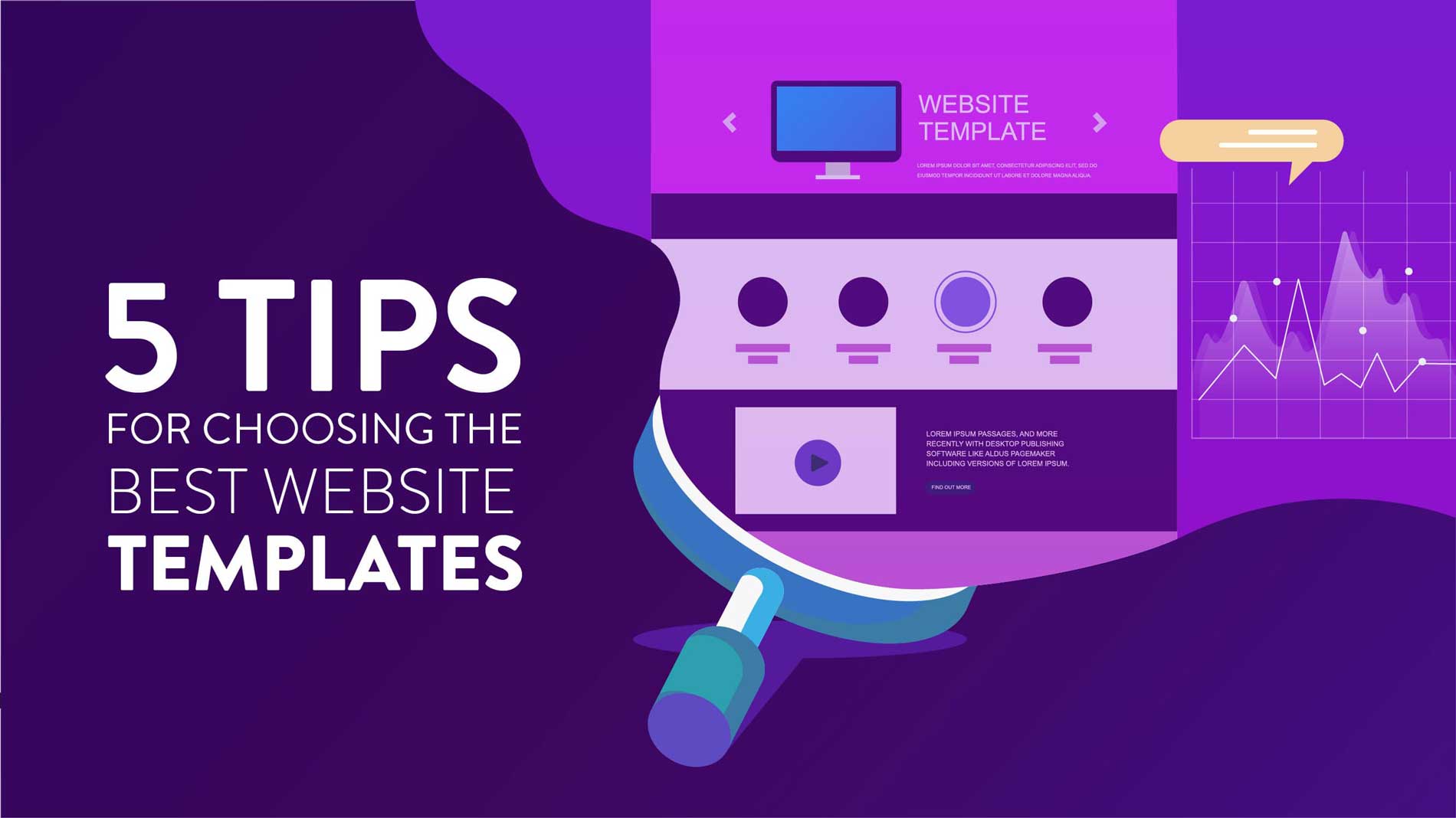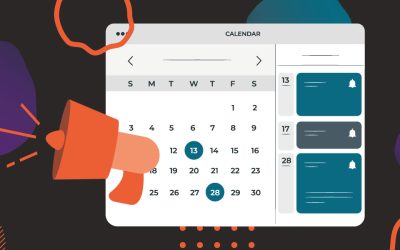Are you ready to get your business online for the first time?
Or perhaps you’re looking to boost the impact of your digital presence with a shiny new website?
Either way, you’ll need a strong template to start out with, and if you’re no master web designer yourself, chances are you don’t know where to start.
There are so many different platforms, all with their own pros and cons, and each offering a seemingly endless number of layouts for you to choose from. Up to 40% of all websites use WordPress as their go-to, whilst Magento and Shopify also ranked in the top ten.
While we no longer need to be coders or web designers to get our websites up and running, we still need to ensure that whatever ready-made template we choose meets our business needs.
If you’re feeling a little overwhelmed by the sheer amount of choice out there, then here are five important tips to help you streamline the selection process for your site.
1. Know What Type of Website You’re Building
How your website is structured is reliant on the template that you choose, and not every template is universally suitable. Ensuring that you chose the right template will have a big impact on user experience – a well-structured website will help your customers find what they’re looking for easily, increasing their time spent on site and boosting the chances of them making those all-important conversions.
Do you have products that each need individual listings? If you’re running an e-commerce enterprise, you should choose a template that stylishly showcases your product range and makes it easy for customers to purchase them. Just think how simple it is to buy a product on Amazon!
Do you need galleries? If so, choose a template that was built with images in mind. The template requirements of a photographer are going to be vastly different from those of a dental practice.
How do you intend to interact with you visitors? Some businesses may simply need to include an email address or contact form. But for other industries, features such as live chat are vital in order to ensure timely customer service. In fact, research indicates that 62% of customers expect a live chat service, and if available, 82% of respondents would make use of it, so don’t miss the opportunity!
2. Consider Customisation Capabilities
A good website template can be customised so that it’s cohesive with the overall aesthetic of your business, including colour schemes, logo and branding.
If you don’t add any personal touches to your chosen template, then your business will do little stand out among your many competitors and instead will blend into the background. Consider how much customisation you need before you begin the selection process, as this will help you to narrow down your options.
It’s also important to think about ease of customisation – if you’re going to be making frequent alterations, you’ll need a site template that’s easy to use and can be switched up as needed. Pick a template that will allow you to customise with minimal effort so you can dedicate your time to the day to day running of your business.
3. Keep SEO in Mind
Search Engine Optimisation is essential to ensure your website’s visibility on Google, and a crucial tool for securing the attention of high-intent customers.
When choosing a template for your website, you should aim to find one that easily facilitates SEO.
If you choose a template that takes too long to load, it can have a seriously negative impact on your Google rankings. But a well-coded template that keeps visitors on site will show the search engine that your website page is fit for purpose, and exactly what search users are looking for.
4. How is the Customer Support?
Even the best designed template can encounter problems along the way. Some of these complications may be easy to solve yourself, but others will require intervention from a web expert. That’s why it’s important to know that there’s support at the other end of the phone (or an email) to fix your website should it break.
Be sure to select a template from a trusted website builder with good customer service reviews.
5. Be Mobile Friendly
Increasingly, customers are accessing the internet and purchasing products via their phones. Because of this, Google have implemented mobile-first indexing in their ranking systems.
Users expect websites to load instantaneously, and research indicates that mobile users are increasingly likely to abandon a site if it isn’t optimised for their devices. In fact, 53% of visits on a mobile device are abandoned if a page takes longer than three seconds to load.
That’s why one of the biggest mistakes that you can make when building your site is to forgo mobile optimisation. When choosing your website template, be sure to pick one that’s adaptable to mobile and tablet devices so that your website runs just as well on mobile as it does on desktop (and vice versa, as people do still use desktop computers!)
Choosing the right template for your website is a big decision. Not only can the wrong template fail to highlight the best that your business has to offer, but can also wreak havoc with your Google rankings and drive customers straight to your competitors.







